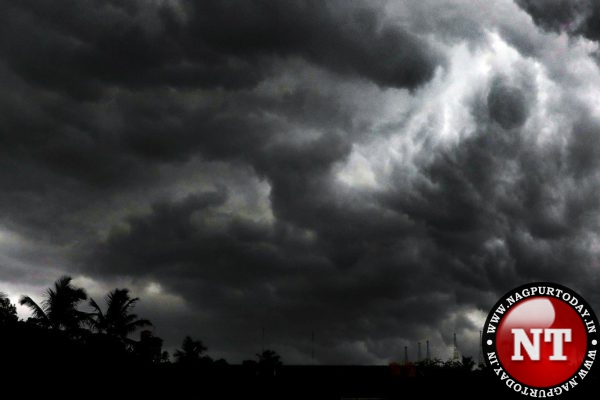
Nagpur: The monsoon began withdrawing from India on Monday, some eight days later than the normal date of September 17, the India Meteorological Department (IMD) said. Withdrawal of the monsoon from northwest India marks the beginning of its retreat from the Indian subcontinent. For the 13th year in a row, the monsoon’s withdrawal has been delayed.
Notably, a delay in the monsoon’s withdrawal results in an extended rainy season, which can have a substantial impact on agricultural production, especially in northwest India. Monsoon rainfall is pivotal for Rabi crop production in this region.
“(The) southwest monsoon has withdrawn from parts of southwest Rajasthan today, September 25, 2023, against its normal date of withdrawal from southwest Rajasthan of September 17,” it said in a statement.
Typically, the southwest monsoon makes its onset over Kerala by June 1 and covers the entire country by July 8. It started retreating from northwest India around September 17, withdrawing entirely by October 15.
India has received a total of 780.3 mm of rain during this monsoon season, as compared to the normal amount of 832.4 mm. Rainfall between 94 percent and 106 percent of the long-period average (LPA) is considered normal. Normally, India receives an average of 870 mm of precipitation during the four-month monsoon season, which spans from June to September.
In a pre-monsoon briefing, the IMD had predicted a normal monsoon for India, albeit on the lower side of normal. It had, however, cautioned that El Nino — warming of waters in the Pacific Ocean near South America — might influence the latter half of the southwest monsoon. El Nino conditions are associated with weaker monsoon winds and drier conditions in India.
India encountered a rainfall deficit in June, but July saw excessive precipitation, largely due to consecutive western disturbances over northwest India and a favourable phase of the Madden-Julian Oscillation (MJO). The MJO is known for enhancing convection in the Bay of Bengal and the Arabian Sea. MJO is a large-scale atmospheric disturbance originating in tropical Africa and travelling eastward, typically lasting 30 to 60 days.
August 2023 was the driest month in India since 1901 and the hottest ever recorded, which was attributed to the strengthening of El Nino conditions. However, September brought an excess of rain due to multiple low-pressure systems and the positive phase of the Madden-Julian Oscillation (MJO).














